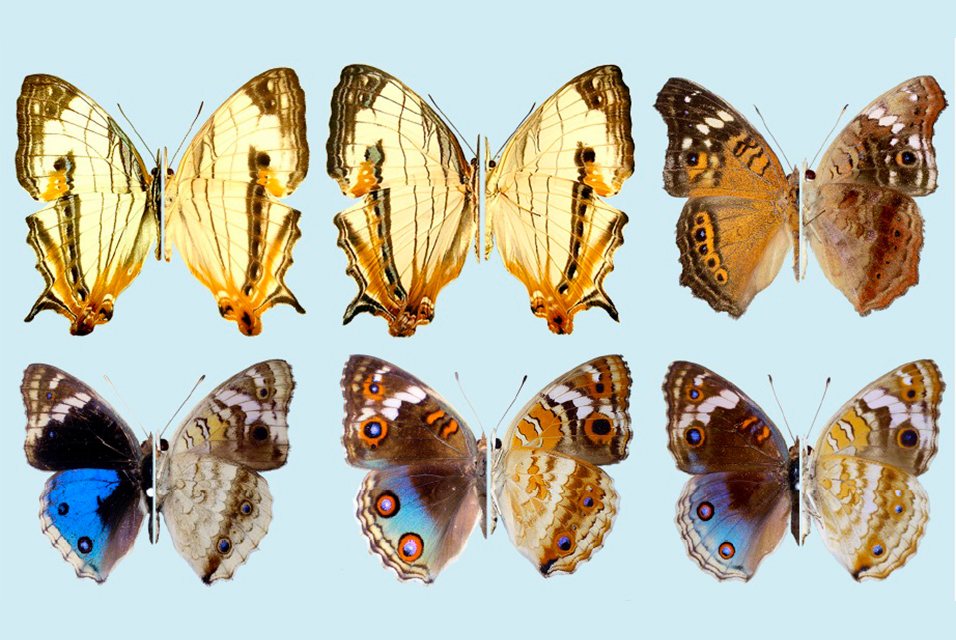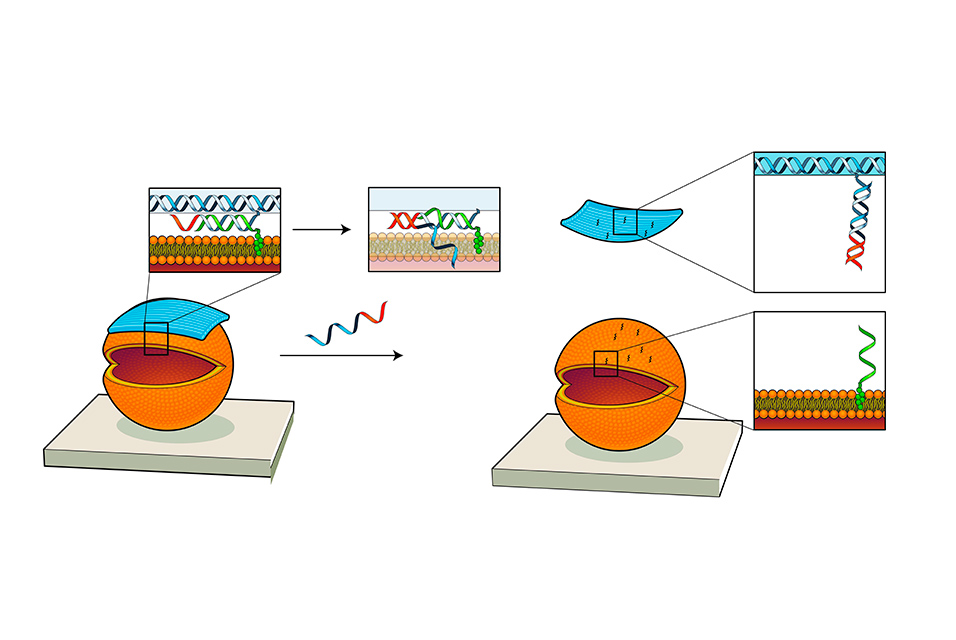BRISBANE.- A
University of Queensland researcher has spent decades compiling a first-of-its-kind database of the butterfly species of the Torres Strait Islands, boosting biosecurity and conservation measures in the region.
Working closely with the Torres Strait Island Regional Council, Dr Trevor Lambkin said the database, listing 227 butterfly species will help local officials address the impacts of climate change, other human threats and weeds.
“My work has created detailed checklists and distribution maps of butterfly populations on each island for the first time, and this specific information will assist in future conservation measures,” Dr Lambkin said.
“As butterflies are prone to move from place to place, they’re very good yardsticks for use in predicting invasions of pest species.”
Dr Lambkin has made more than 30 visits to the islands over the past 38 years, discovering that several species of butterflies are now threatened by rising sea levels, directly linked to climate change.
“The threat of climate change requires urgent and well-directed conservation efforts to slow not only butterfly loss, but wider biodiversity loss,” he said.
“Rising sea levels on several mud and sand islands are having a significant impact.
“This research, which I’ve dedicated to the people of the Torres Strait islands, has identified 17 butterfly species known to live in swampy habitats and mangrove areas on these islands that are threatened by climate change.
“Specifically, the mangrove flash butterfly is one of only two species endemic to the Torres Strait Islands and is most at-risk due to its mangrove habitat being severely threatened by rising sea levels.”
Invasive weeds are also spreading across some islands, but each island council in Torres Strait has already commenced weed mitigation programs and is measuring the inundation effect of rising sea levels.
“These data and distribution maps are the first step in gaining a better understanding of butterfly population distributions across the islands and their eventual conservation status, but we still have a long way to go,” Dr Lambkin said.
“There are still many previously unexplored island areas to survey that will provide even more information in our critical fight against the damaging impacts of climate change, and for the conservation needs of the Torres Strait islands.”
Dr Lambkin’s research collates data back to 1843 and details butterfly species from across 38 islands, islets, and cays of Torres Strait.
“When I started this project, I didn’t realise how fragmented the information was and what a mammoth task it was to gather this information,” he said.
“This study gives us an incomparable, comprehensive insight into a single animal group across multiple Australian islands where an important and unique people live.”
Dr Lambkin is planning to present the report to the Torres Strait Island Regional Council.










